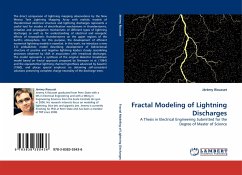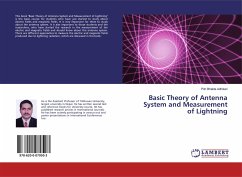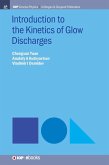The direct comparison of lightning mapping observations by the New Mexico Tech Lightning Mapping Array with realistic models of thundercloud electrical structure and lightning discharges represents a useful tool for studies of electrification mechanisms in thunderstorms, initiation and propagation mechanisms of different types of lightning discharges as well as for understanding of electrical and energetic effects of tropospheric thunderstorms on the upper regions of the Earth s atmosphere. For this purpose, the development of efficient numerical lightning models is essential. In this work, we introduce a new 3-D probabilistic model describing development of bidirectional structure of positive and negative lightning leaders closely resembling processes observed by LMA in association with intracloud discharges. The model represents a synthesis of the original dielectric breakdown model based on fractal approach proposed by Niemeyer et al. [1984] and the equipotential lightning channel hypothesis advanced by Kasemir [1960], and places special emphasis on obtaining self-consistent solutions preserving complete charge neutrality of the discharge trees.
Bitte wählen Sie Ihr Anliegen aus.
Rechnungen
Retourenschein anfordern
Bestellstatus
Storno








